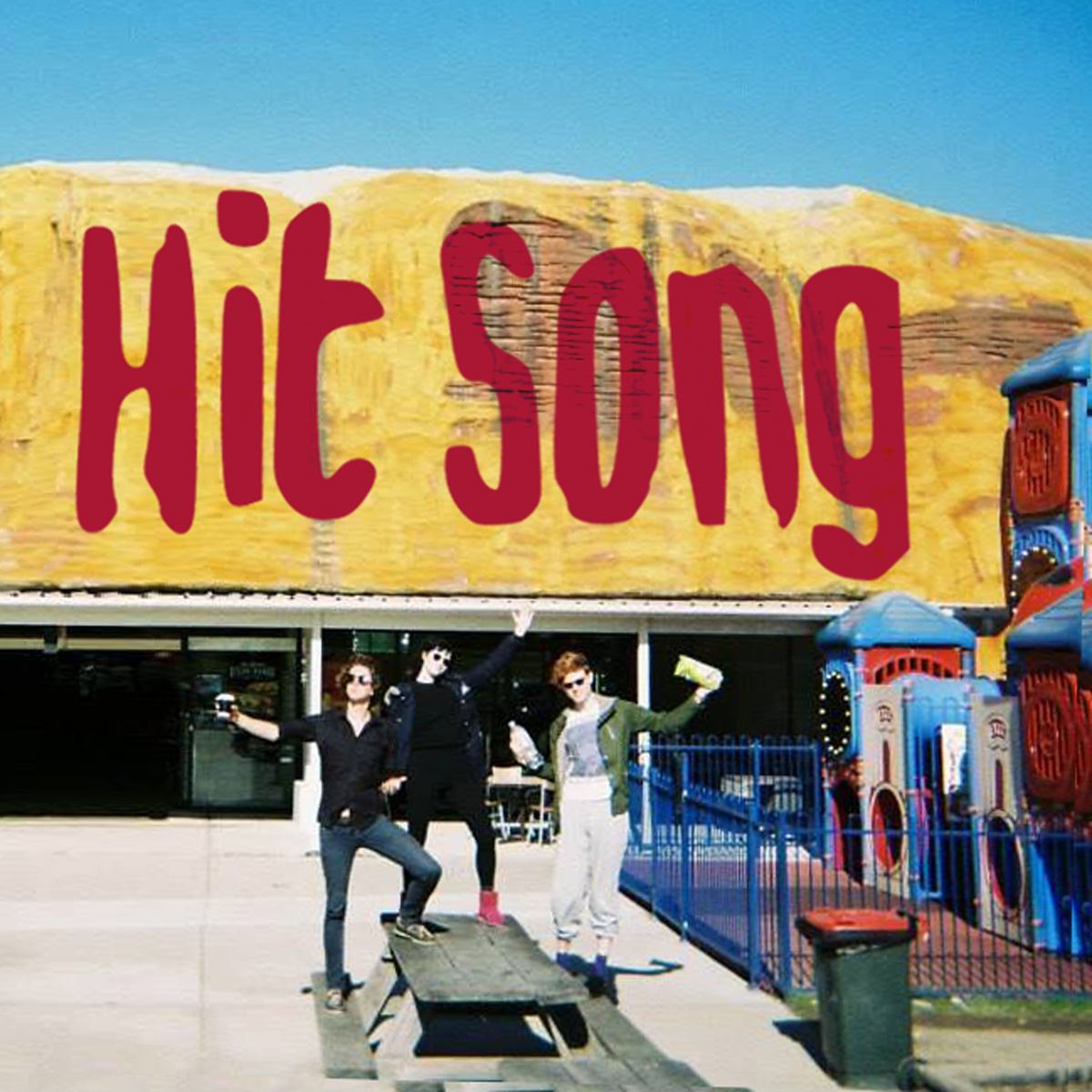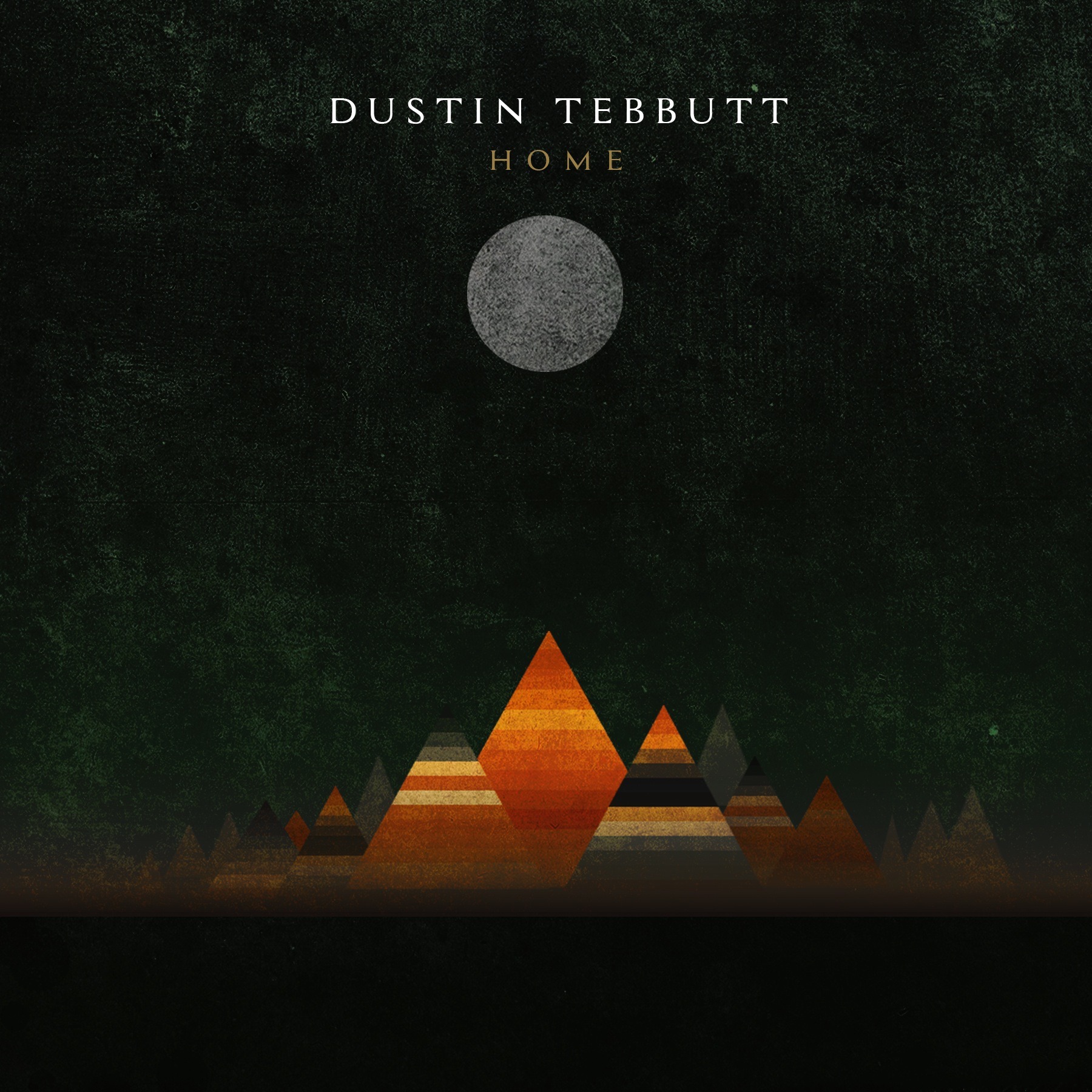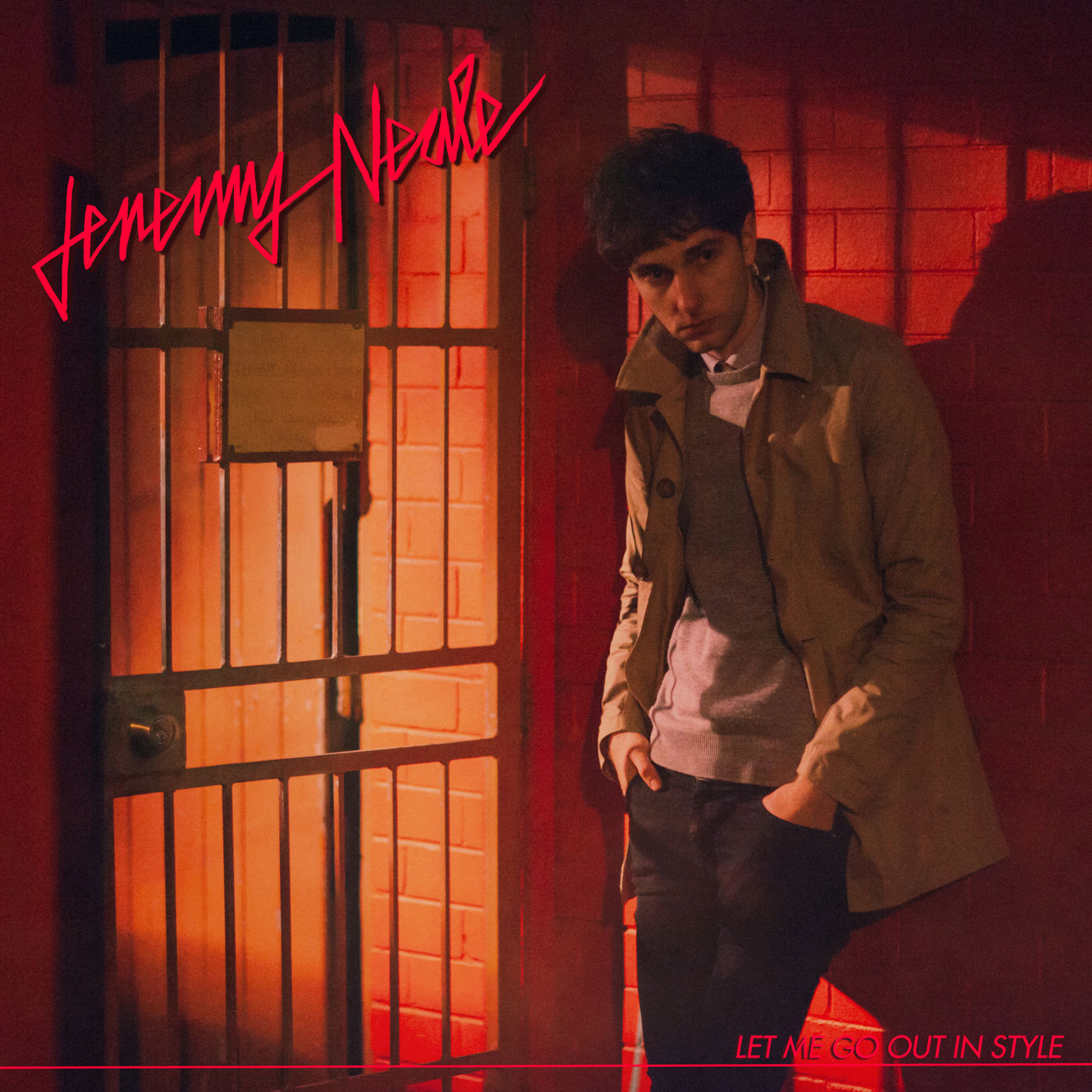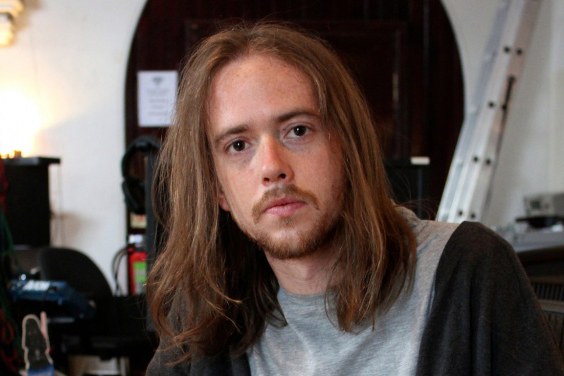

September is such a huge month of releases, many of which have just come out, so scroll down to check out the Studios 301 September releases!
The September releases below were produced, mixed or mastered at Studios 301, Australia.



There are only two days to go until Pro Sound Awards 2015, the third Pro Sound Awards at Ministry of Sound!
This Thursday, 24 September, pro-audio publication PSNEurope recognises excellence in the studio, broadcast audio, installation and live/touring sound sectors of the pro audio industry.
Miloco facilities The Church Studios and The Pool have been chosen as two of the four finalists in the best studio category.
In addition, Riley MacIntyre (production assistant engineer at The Church Studios) is vying for a chance to take home the rising star prize and Miloco engineer Matt Wiggins has been nominated in the studio engineer of the year category.

Riley MacIntyre

Matt Wiggins
Miloco received the Grand Prix trophy at the second Pro Sound Awards last year.
Ever wished you could compare our London piano recording studios in one place? Well now you can thanks to the London piano recording studios page.
The London piano recording studios in the Miloco Studios directory range from epic tracking rooms with expansive floorspace to varied recording rooms that have been recently restored.
In demand producer and engineer Hannes Bieger and his Berlin studio Bieger Sound recently joined the Miloco directory, so watch the video below to learn a bit more about his philosophy!
International music programme Electronic Beats visited Hannes in Bieger Sound, peeking over his shoulder while he worked.
Hannes has mixed down tracks by artists like Steve Bug, Ruede Hagelstein and Tale of Us.
Posted in European Recording Studios, Mixing Studios, Record Producers, Recording Studio Engineers, Recording Studio Equipment, Recording Studio Videos, Uncategorized |Americana BFD Packs for Drumdrops’ 1970s Hayman Vibrasonic Kit and Vintage 1965 Ludwig Super Classic Kit have been introduced.
The Hayman Kit was mixed by Stephen Street and the Ludwig Kit was mixed by Guy Massey.
As heard on Drumdrops’ 70s Americana drum tracks album ‘Route Seventy Sticks’, both kits were played by Tim Weller and recorded at The Square.
Buy both Americana BFD Packs together with 40% off using voucher code americana40.
We’ve added a great new feature to the Miloco Studios website. Now you can send pinned studios to a friend or colleague by clicking on the pin in the top right hand corner of index photos, then clicking on ‘Pinned Studios’ in the top left hand corner of the page.
You can access search by clicking on the magnifying glass in the top right hand corner of the page. Start typing the name of a studio, location or studio type, or on studio landing pages you can use the search bar to find specific equipment. Activate Map View on the Worldwide Recording Studios page to locate over 90 studios available for booking.
Posted in European Recording Studios, London Recording Studios, Mixing Studios, Neve Recording Studios, Recording Studio Equipment, Residential Recording Studios, SSL Recording Studios, Tracking Studios, UK Recording Studios, Uncategorized, Writing Studios |UAD-2 PCIe DSP Cards have been installed in Assault & Battery 2 and The Square.
UAD-2 DSP Cards supercharge your PC or Mac with UAD Powered Plug-Ins. For a full list of the UAD Plug-Ins that are available please head over to the equipment page of The Square and the Assault & Battery 2 equipment page.
A UAD-2 OCTO with eight individual SHARC processors has been installed in Assault & Battery 2 and a UAD-2 QUAD with four individual SHARC processors has been installed in The Square.
Posted in European Recording Studios, London Recording Studios, Mixing Studios, Neve Recording Studios, Recording Studio Equipment, SSL Recording Studios, Tracking Studios, UK Recording Studios, Uncategorized |Just over an hour’s drive from Dublin city/airport, Grouse Lodge has been the creative home away from home for everyone from Bloc Party to Tom Jones since opening its doors in 2002.
The Grouse Lodge complex itself includes a world-class studio along with eight double bedrooms in three separate renovated stone outhouses. Facilities for guests include an indoor swimming pool, sauna, jacuzzi, gym, games room, private bar and home cinema/screening room!
The studio is purpose-built, integrating the existing 275-year-old stone structure, and features a huge control room with lots of natural daylight and a huge live room with superb acoustics. The extensive use of locally cut stone gives the space a unique feel and sound.
The studio is equipped with a Neve VR60 console with flying faders/total recall, a Pro-Tools HD3 core system and 5.1 surround monitoring by Dynaudio Professional.
Sheffield rock band Bring Me the Horizon released ‘That’s the Spirit’, their new album, today via RCA.
Engineer Al Groves and the band recorded during two-month sessions at Black Rock in Santorini, Greece. “We made the decision when we arrived to hit the ground running and ended up recording three of the songs in the first week,” says Al. “This gave us a huge head start and meant we could enjoy the island a bit more towards the backend of the session!”
Musicraiser Funding Contest is a chance to win $8,000 and benefit from Miloco Studios.
Record at The Pool in London and Grand Street Recording in New York; win free press and radio promotion with Team Clermont, the top-tier US promotion company; and win free global digital distribution with Symphonic Distribution!
Stay in the loop
Follow @milocostudios
Subscribe to Miloco News